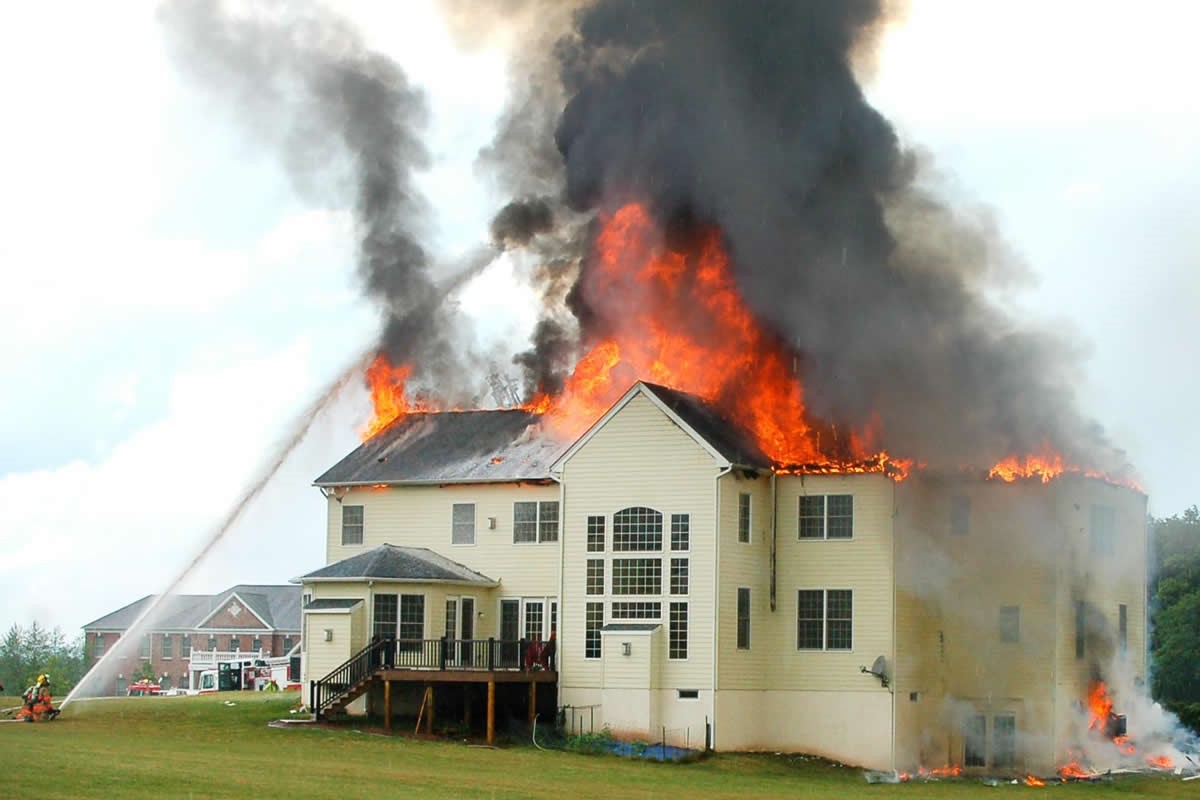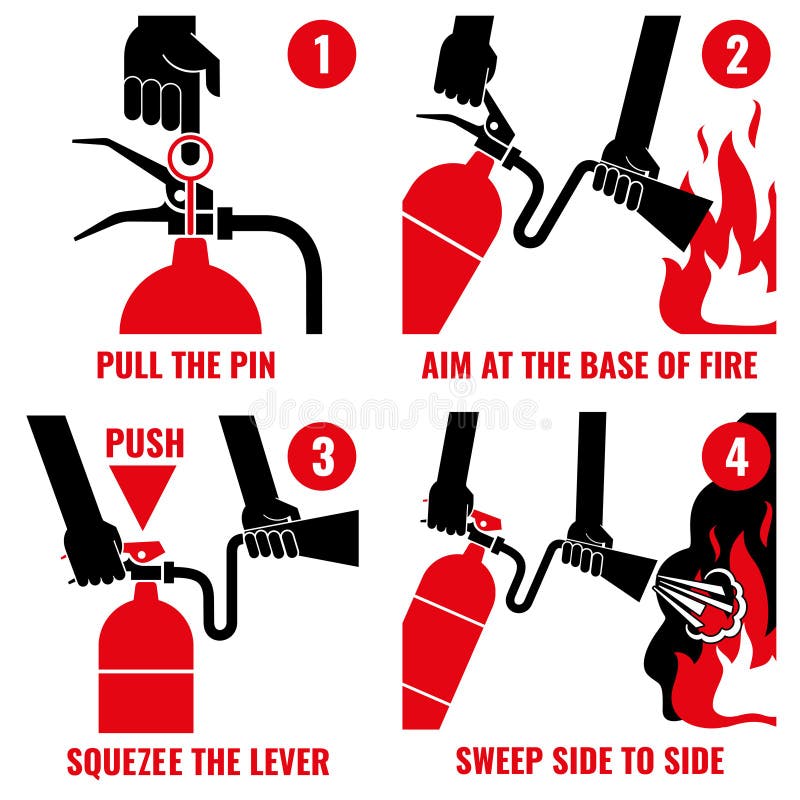House fires can spread faster than most people think, especially if unchecked. A small spark near flammable materials can quickly grow into a dangerous inferno. Understanding the Stages of Fire helps us see how easily a little flame threatens life and property. The growth of house fires relies on three main things: fuel, oxygen, and heat. Without one, a fire struggles to spread, but with all three, it can progress rapidly through distinct phases.
From the ignition point to the decay phase, each stage shows different characteristics and levels of danger. Learning about these stages allows for better preparation and faster response. Having fire alarm installations and working with a fire protection company San Antonio TX can help stop fires before they escalate. But how long does it take for a small flame to turn into a major fire? Often, it’s a matter of minutes. Recognizing these stages can make a difference in saving lives and minimizing damage.
The Journey from Spark to Inferno – Key Stages of Fire Development
Fires grow in four main stages, each building in intensity and speed. Learning about these stages provides valuable insights into fire control and prevention.
Stage 1: Ignition – Where Sparks Begin
Fire begins when a spark meets fuel and oxygen, igniting a small flame. This ignition stage is when a flame first starts. Ignition sources can be anything from electrical sparks to open flames like candles or stoves. Common causes of ignition in house fires include:
- Electrical issues (short circuits or faulty wiring)
- Unattended cooking
- Lit candles near flammable materials
Characteristics: The fire is fuel-limited at this stage, meaning it won’t spread unless it finds new flammable materials.
In this initial stage, having a fire alarm installation is especially helpful, as it detects smoke early, allowing people time to react.
Stage 2: Growth – The Fire Gains Strength
In the growth stage, flames spread to nearby flammable objects, feeding on them. This phase is also known as the fuel-limited stage because it depends on the amount of fuel around the initial fire. During this period, you’ll likely see more smoke as flames increase.
Expansion: At this stage, the fire may:
- Spread to nearby objects (curtains, wooden furniture, carpets)
- Produce dark smoke, filling the air and reducing visibility.
Response Tips: During the growth stage, how long does it take for a small flame to turn into a major fire? In this phase, a few minutes can make a massive difference in preventing the spread.
When Things Get Serious – Flashover and Its Dangers
Flashover is a dangerous turning point in the Stages of Fire development. This phase happens when temperatures increase rapidly, causing all combustible items in the room to ignite. Flashover is extremely hazardous and can trap people quickly, as flames become unpredictable and hard to control.
Warning Signs of an Approaching Flashover
Flashover presents visible and invisible signs of danger, and recognizing them is critical for a safe escape.
- Heavy Smoke: Dense, dark smoke is one of the first signs of an approaching flashover. It blocks visibility and makes breathing difficult.
- Extreme Heat: If you feel the temperature rapidly rising, a flashover may be approaching.
This is why fire alarm installation and working with a fire protection company, is vital for families; they help prevent fires from reaching this level of danger.
Why Flashover Increases Risks in Residential Fires?
Flashover raises risks for both rescuers and occupants in residential settings. When all materials ignite at once, the fire spreads more quickly and becomes more challenging to escape.
- Trapping Danger: Flashover causes flames to spread instantly, leaving little time for escape.
- Firefighter Safety: Fire departments use specific techniques to manage flashover risks, such as cooling down certain areas.
Recognizing flashover indicators provides a chance to act and escape before flames reach every corner.
The Full-Blown Inferno – The Fully Developed Fire Stage
When a fire reaches the fully developed stage, it has grown to its maximum intensity. By this point, the entire area is engulfed in flames, and temperatures are at their highest. Smoke and heat are overwhelming, and escaping becomes challenging.
Risks to Structural Integrity and Personal Safety
In the fully developed stage, house fires threaten the structure of the building. Extreme heat weakens walls and floors, increasing the chance of collapse.
- Building Collapse: Intense heat causes building materials like wood and metal to weaken, risking the integrity of the building.
- Heat and Smoke Exposure: The smoke released in this stage is thick and dangerous, posing severe respiratory hazards.
This stage underscores the need for fire protection company San Antonio TX services and fire alarm installation to prevent fires from escalating to this level.
The Final Stage – Decay and Aftermath of a House Fire
Once a fire loses its fuel or oxygen supply, it begins to decay. This doesn’t mean all dangers are gone, as the decay stage can still pose risks like smoldering embers and toxic fumes.
Preventing Re-Ignition During the Decay Phase
During decay, hidden hotspots may still hold enough heat to reignite if they come into contact with flammable materials. Safety professionals can help reduce re-ignition risks by fully extinguishing embers and removing hazardous items.
- Avoiding Re-Ignition: Avoid disturbing hotspots before they’ve been completely cooled.
- Fire Services: Call local fire services to ensure the area is completely secure, as even the smallest ember can reignite.
Toxic Fumes and Smoke – Hidden Hazards Post-Fire
After the flames are gone, lingering smoke can contain toxic gasses like carbon monoxide. Returning to a recently burned area requires caution.
- Ventilation: Air out the space to reduce toxic fume buildup.
- Protective Equipment: Use masks or respirators when cleaning up after a fire to avoid inhaling harmful residues.
Protecting Your Home and Family from Fire Hazards – Knowledge Saves Lives
Each of the Stages of Fire requires a different approach toward safety. Knowledge of these stages assists in preparation for emergencies and guides what to do should there be a fire. A proper installation of fire alarms coupled with a fire protection company saves lives by early detection of fire danger before that has the potential of becoming disastrous.
Proper education on the time it takes for a small flame to metamorphose into a major fire is potent in ensuring the safety of the family. Being ready for every stage of fire can literally mean the difference between life and death.






